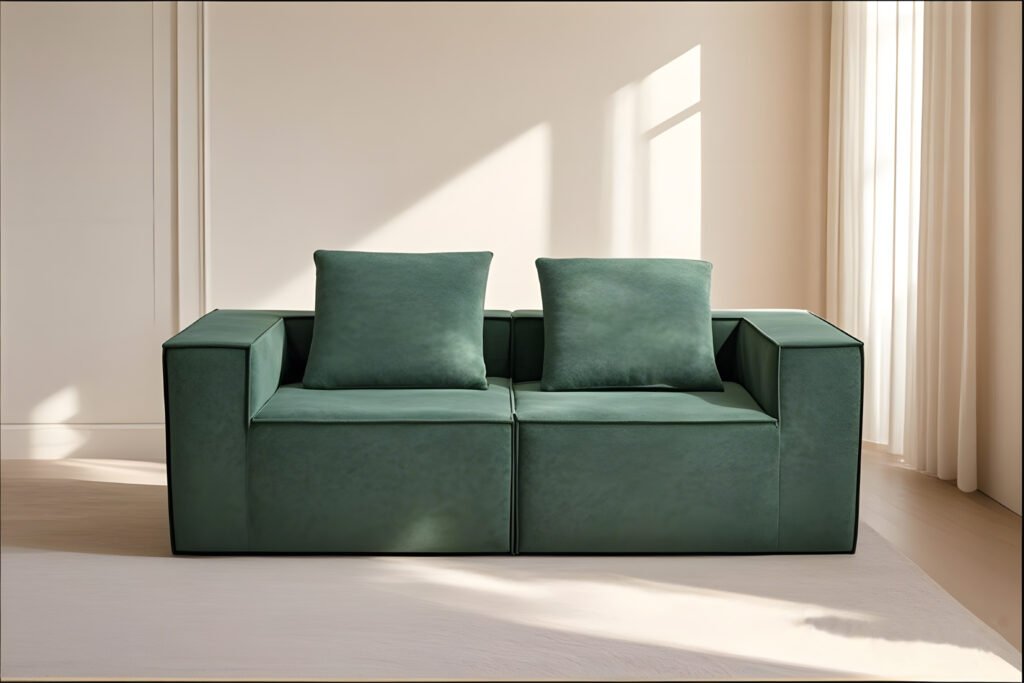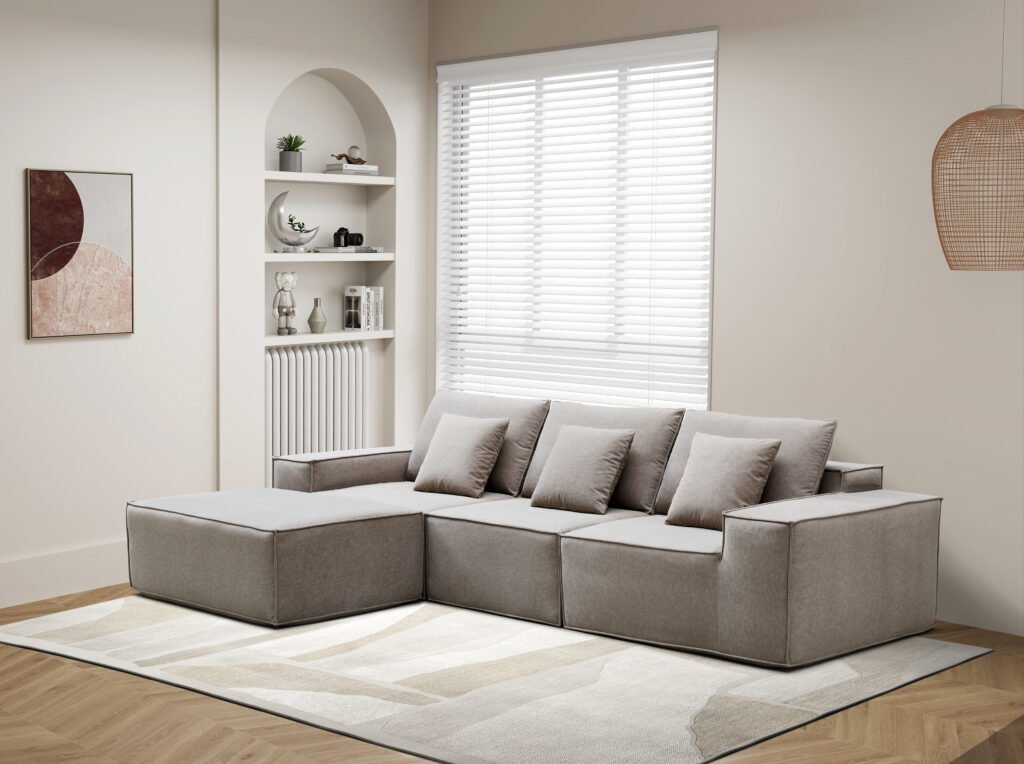In the compress sofa industry, packaging plays a crucial role not only in protecting the product but also in maintaining quality, reducing costs, and supporting sustainability goals. For B2B companies involved in furniture manufacturing, wholesale, and logistics, understanding why compress sofas are commonly wrapped in plastic or non-woven fabric is essential for optimizing supply chain efficiency and meeting market demands. This article builds on industry insights and expands them with a business-focused perspective.
The Purpose of Wrapping Compress Sofas
Compress sofas are vacuum-sealed and compressed to reduce volume for shipping and storage. Wrapping these compressed products in plastic or non-woven fabric serves multiple critical functions:


1. Protection from Environmental Factors
- Moisture and Dust Resistance: Plastic and non-woven fabric act as barriers against moisture, dust, and dirt during storage and transportation. This protection prevents mold, mildew, and fabric staining, which are common risks in global logistics.
- UV Protection: Although less common, certain wrapping materials can shield the sofa from UV exposure, preserving fabric color and integrity during extended storage.
For B2B buyers, this means reduced product damage rates and fewer returns, enhancing customer satisfaction and lowering operational costs.
2. Maintaining Compressed Shape and Integrity
- Compression Stability: Wrapping helps maintain the vacuum-sealed shape, preventing the sofa from expanding prematurely during transit. This ensures efficient use of container space and reduces shipping costs.
- Structural Support: Non-woven fabrics provide slight tensile strength, stabilizing the compressed sofa and protecting delicate edges or corners from deformation.
These features are particularly valuable for logistics providers and retailers managing large inventories, as they facilitate safer handling and storage.
3. Hygiene and Cleanliness Assurance
- Sanitary Packaging: Wrapping prevents contact with contaminants such as oils, chemicals, or microbes, which is critical for products destined for homes, hotels, or healthcare environments.
- Customer Confidence: Clean, sealed packaging reassures end-users about product hygiene, an increasingly important factor in B2B purchasing decisions.


Why Choose Plastic or Non-Woven Fabric?
Plastic Wrapping
- Cost-Effective and Durable: Plastic films, especially polyethylene, are economical and provide excellent moisture barriers.
- Transparency: Clear plastic allows inspection without unwrapping, aiding quality control.
- Recyclability Concerns: While effective, plastic wrapping raises environmental concerns, prompting businesses to seek alternatives or recycling solutions.
Non-Woven Fabric Wrapping
- Breathability: Unlike plastic, non-woven fabrics allow air circulation, reducing condensation risk inside the package.
- Eco-Friendly Options: Many non-woven fabrics are made from recycled or biodegradable materials, aligning with sustainability goals.
- Soft Protection: The fabric is gentle on sofa surfaces, reducing abrasion during handling.
For B2B companies emphasizing green practices, non-woven fabric offers a balance between protection and environmental responsibility.
B2B Implications and Market Trends
- Sustainability Demands: Increasingly, corporate clients and retailers require eco-friendly packaging. Offering compress sofas wrapped in recyclable or biodegradable materials can be a competitive advantage.
- Cost vs. Quality Balance: Businesses must evaluate packaging costs against protection needs and brand positioning. Premium brands may opt for higher-quality non-woven wraps, while mass-market products may favor plastic for cost efficiency.
- Supply Chain Efficiency: Proper wrapping reduces damage-related delays and returns, improving overall supply chain performance and profitability.
- Regulatory Compliance: Packaging materials must comply with local and international regulations regarding waste management and chemical safety, influencing material choice.


Conclusion
Compress sofas are wrapped in plastic or non-woven fabric primarily to protect against environmental damage, maintain compression integrity, and ensure hygiene. For B2B companies, selecting the appropriate wrapping material involves balancing cost, protection level, sustainability, and compliance requirements. As market trends shift towards greener packaging solutions, businesses that innovate in this area can enhance their brand reputation, reduce operational risks, and meet the evolving expectations of corporate clients and end consumers.